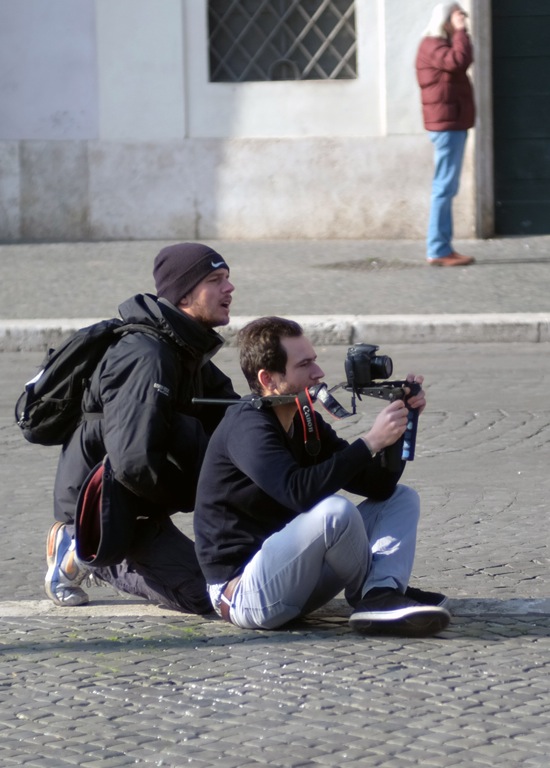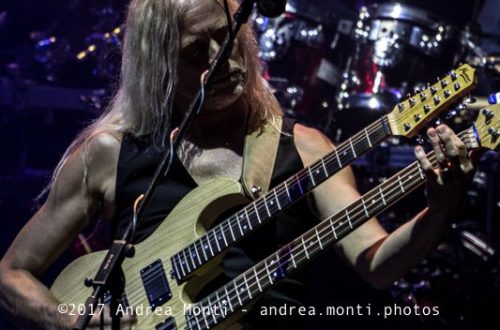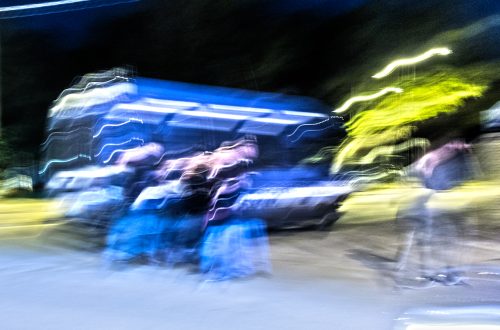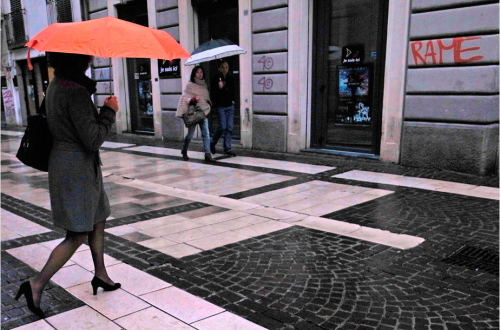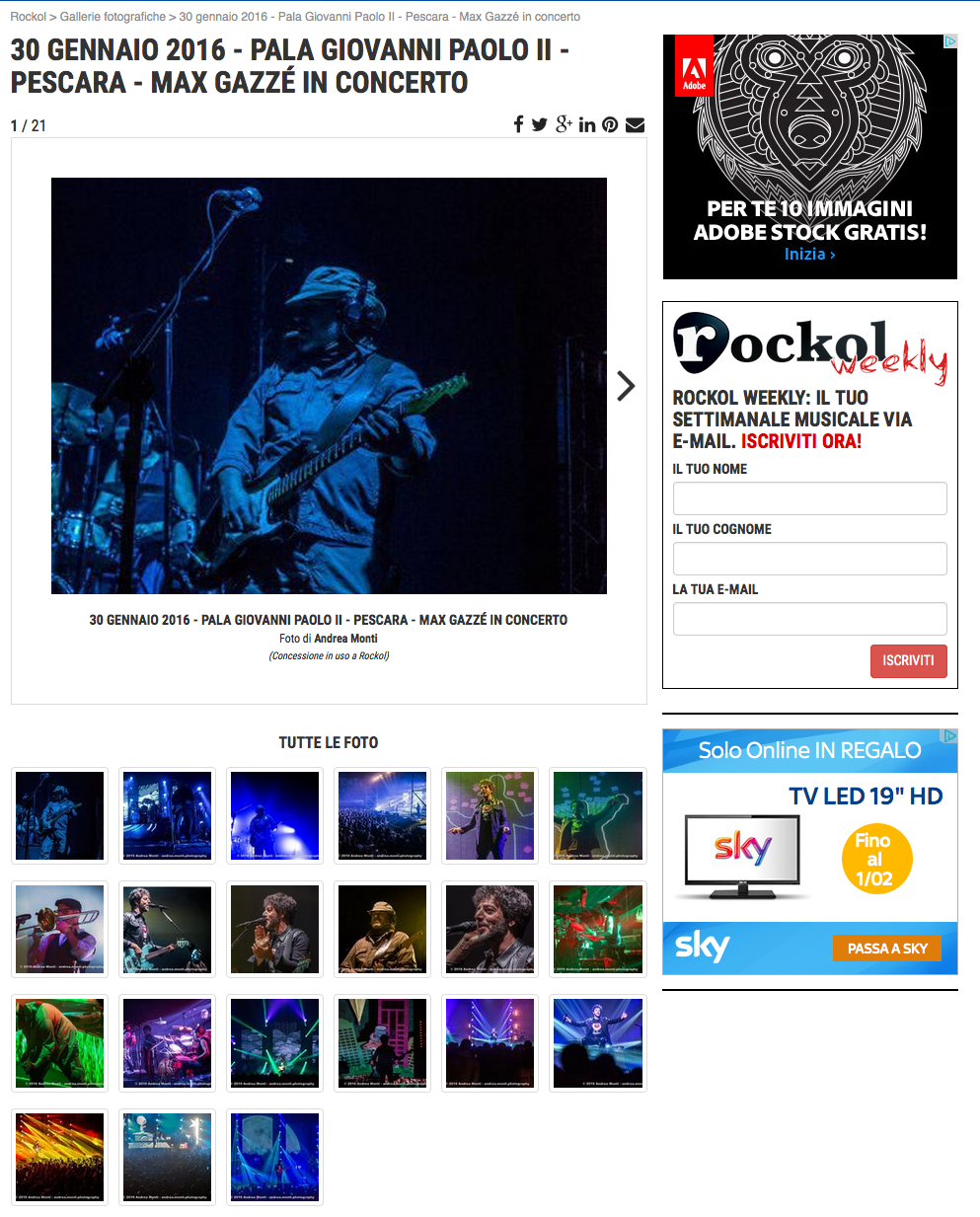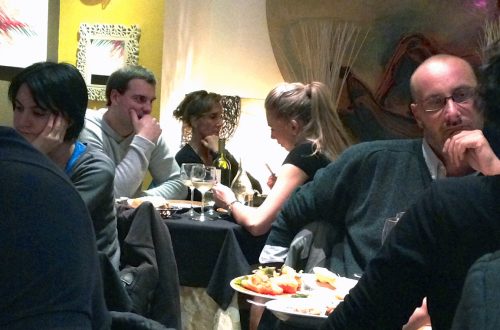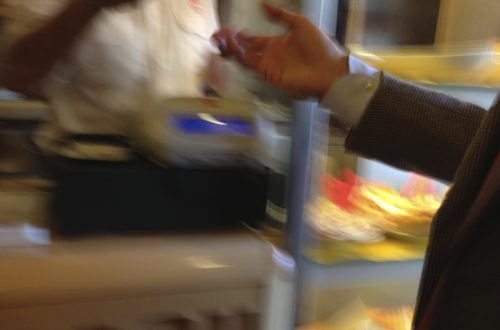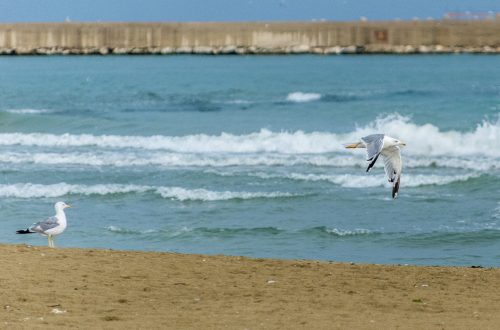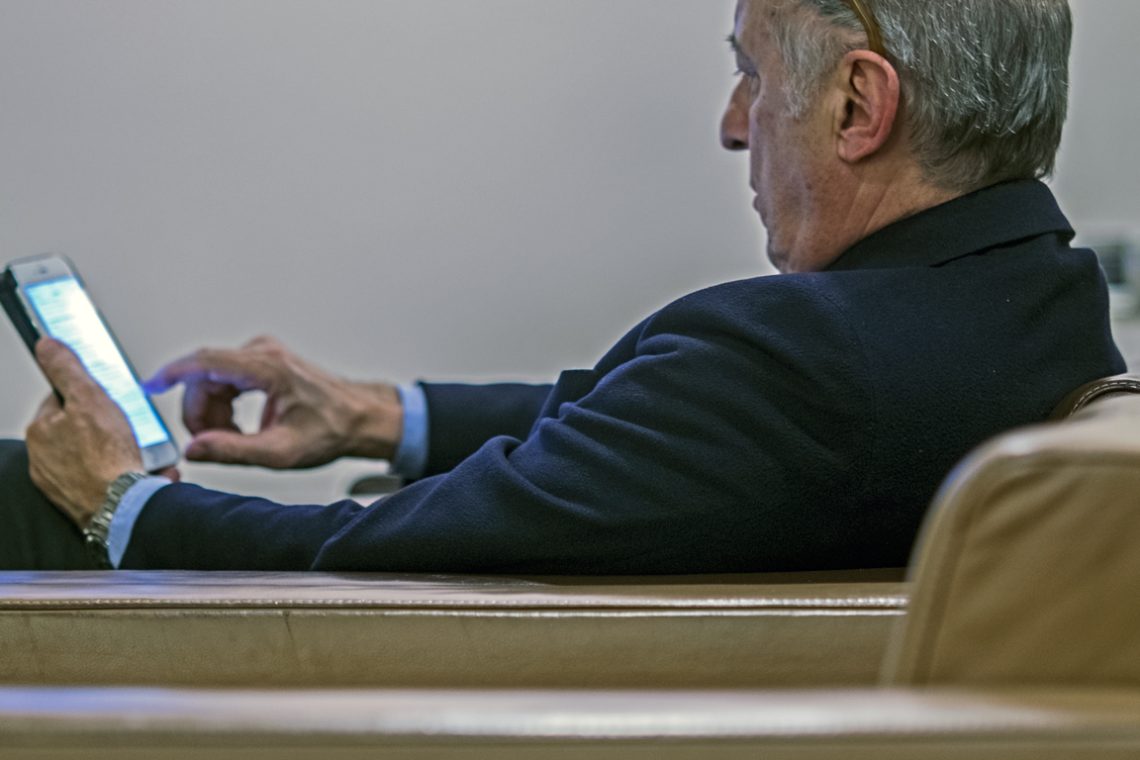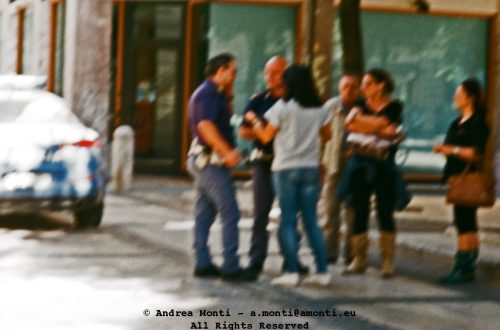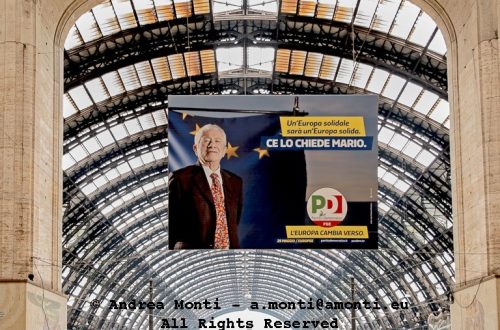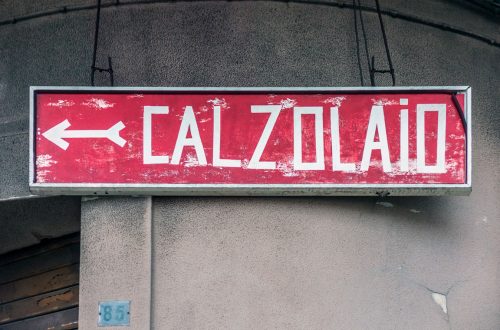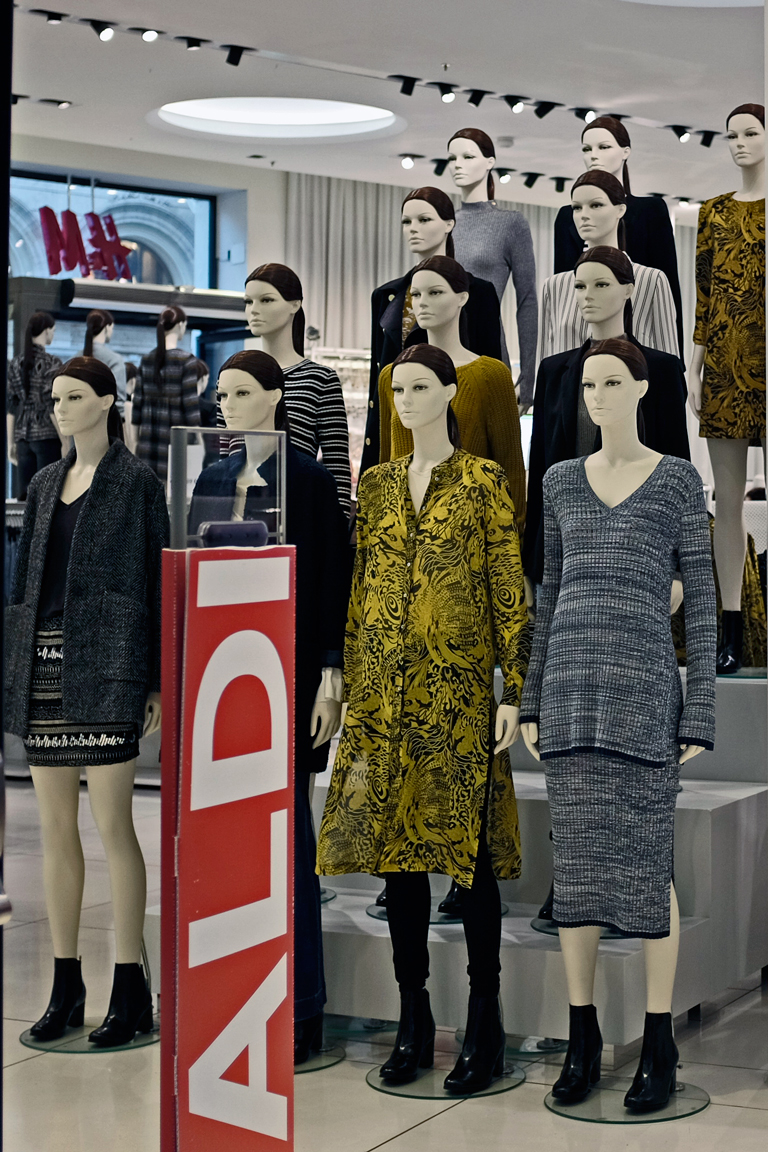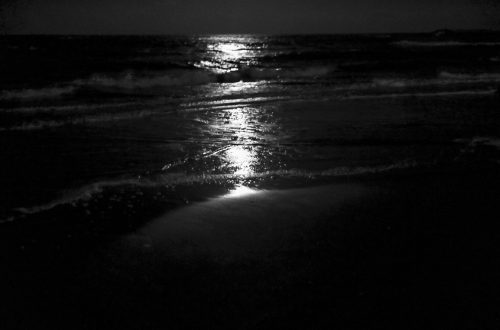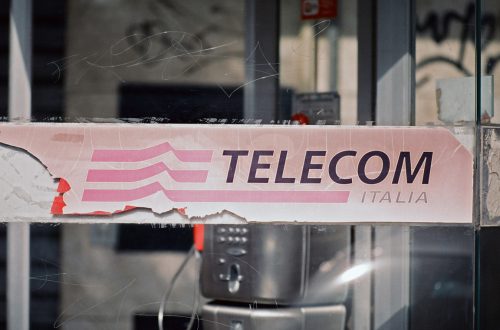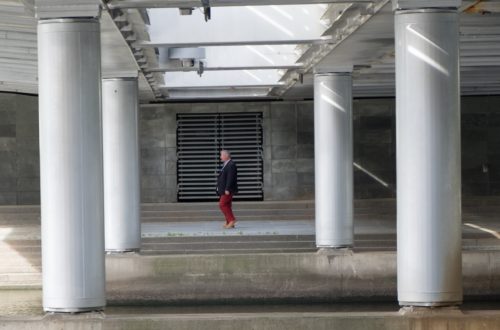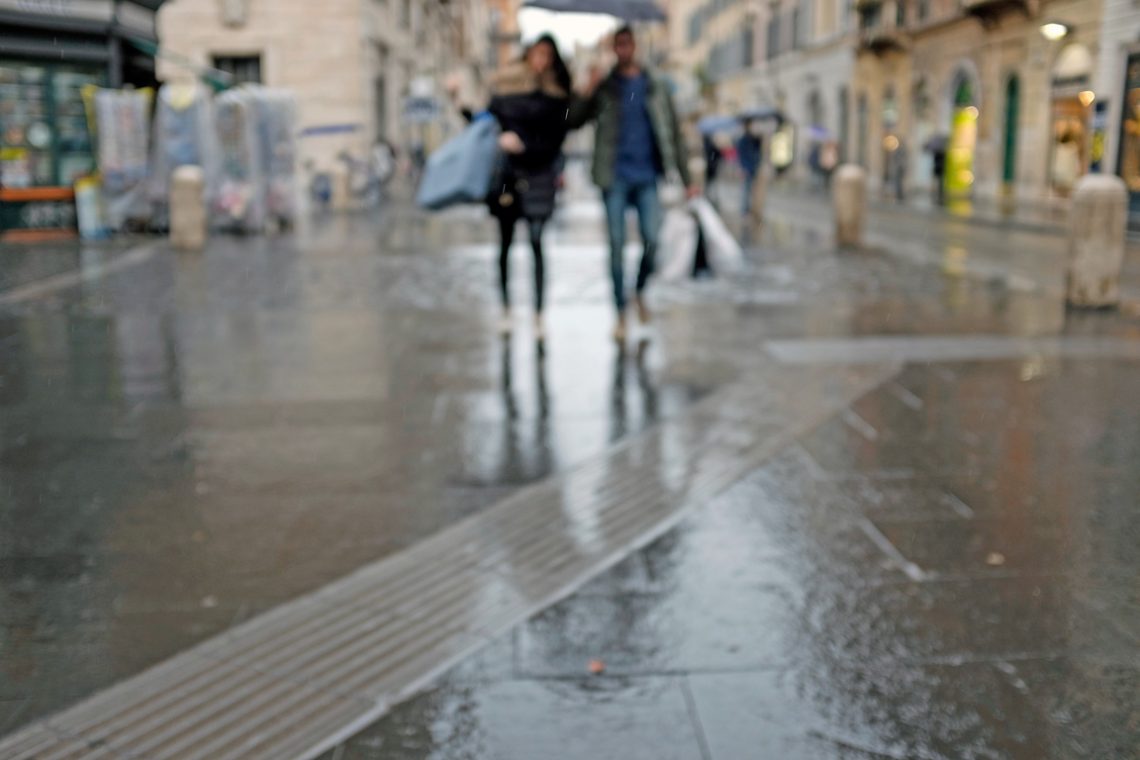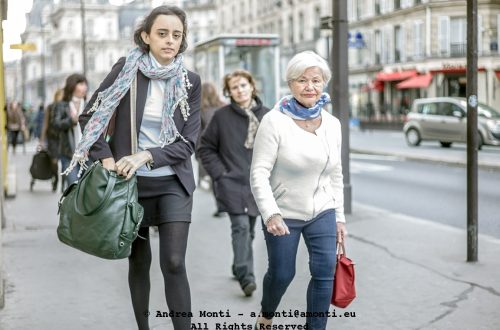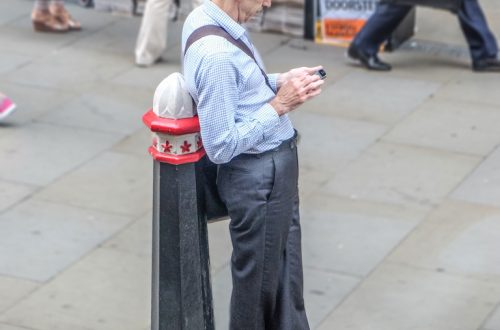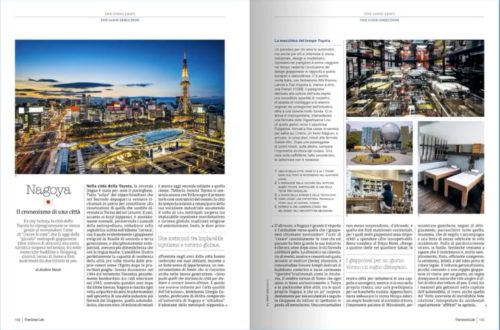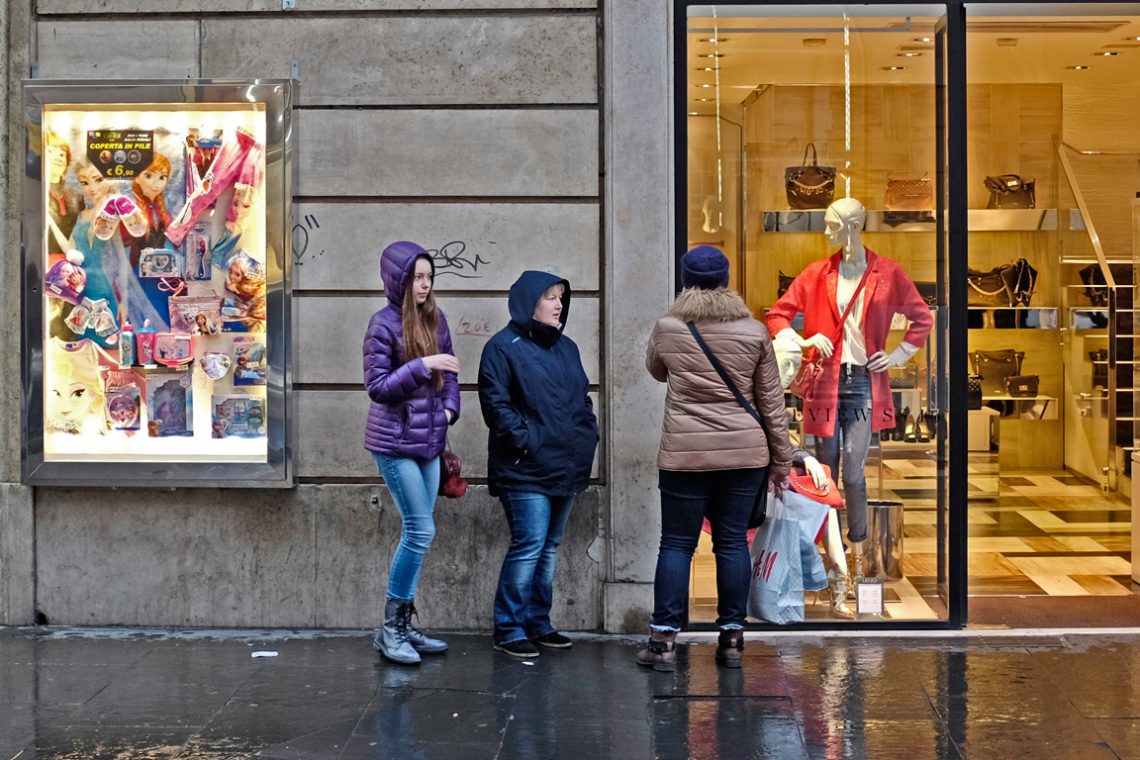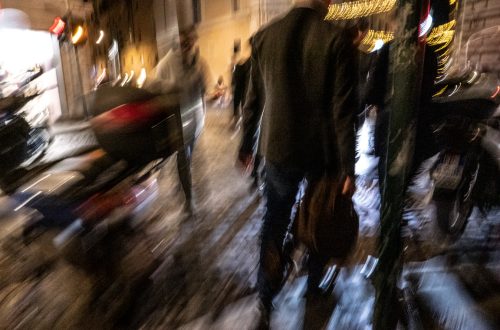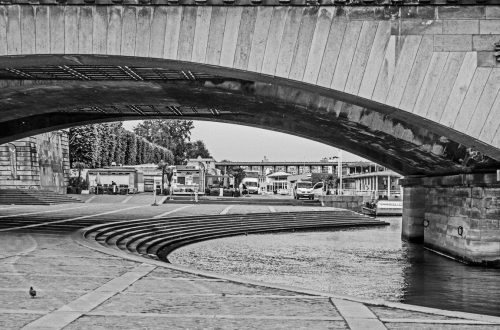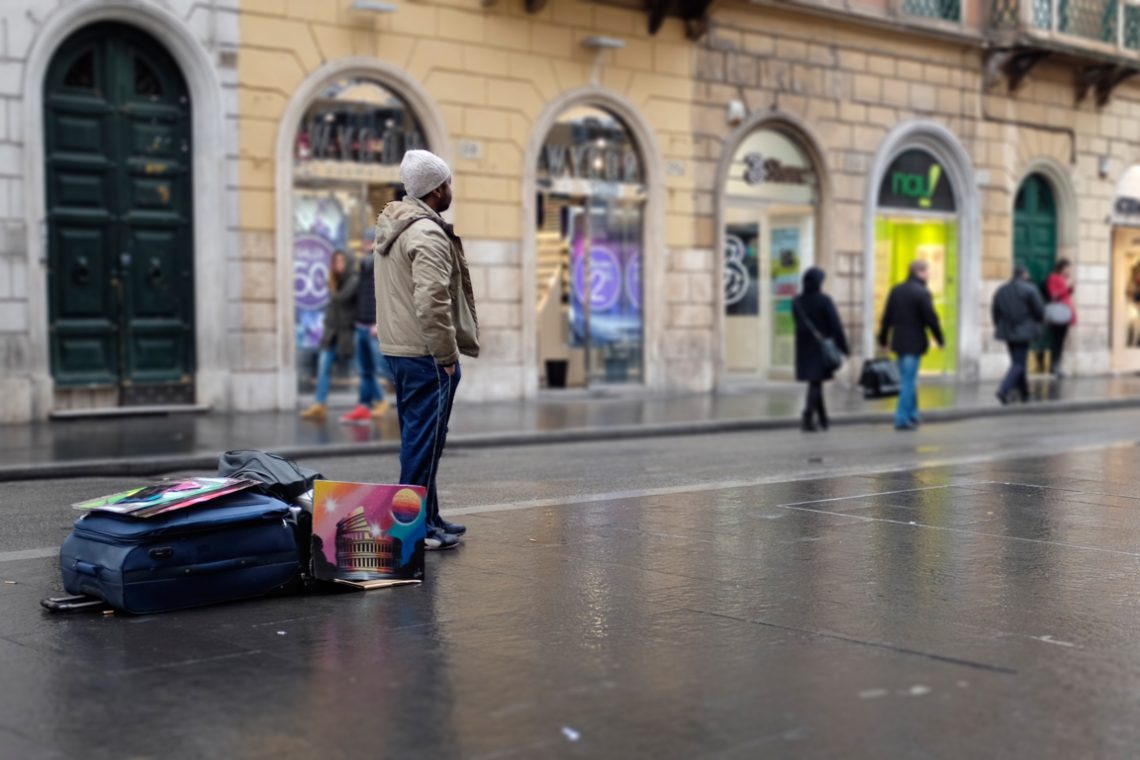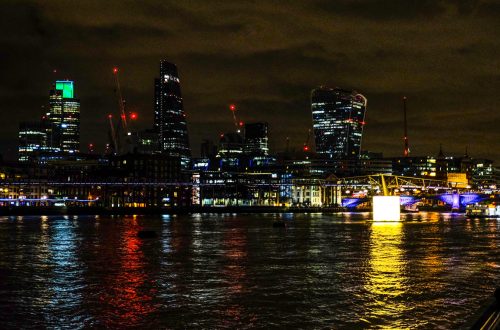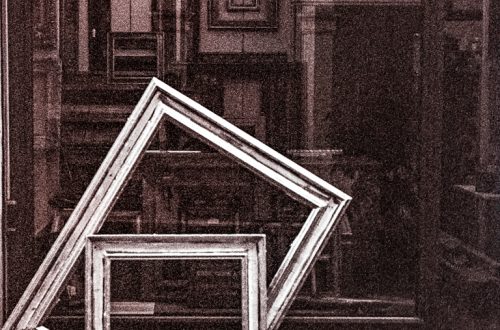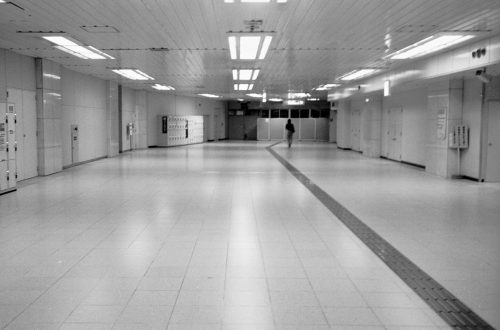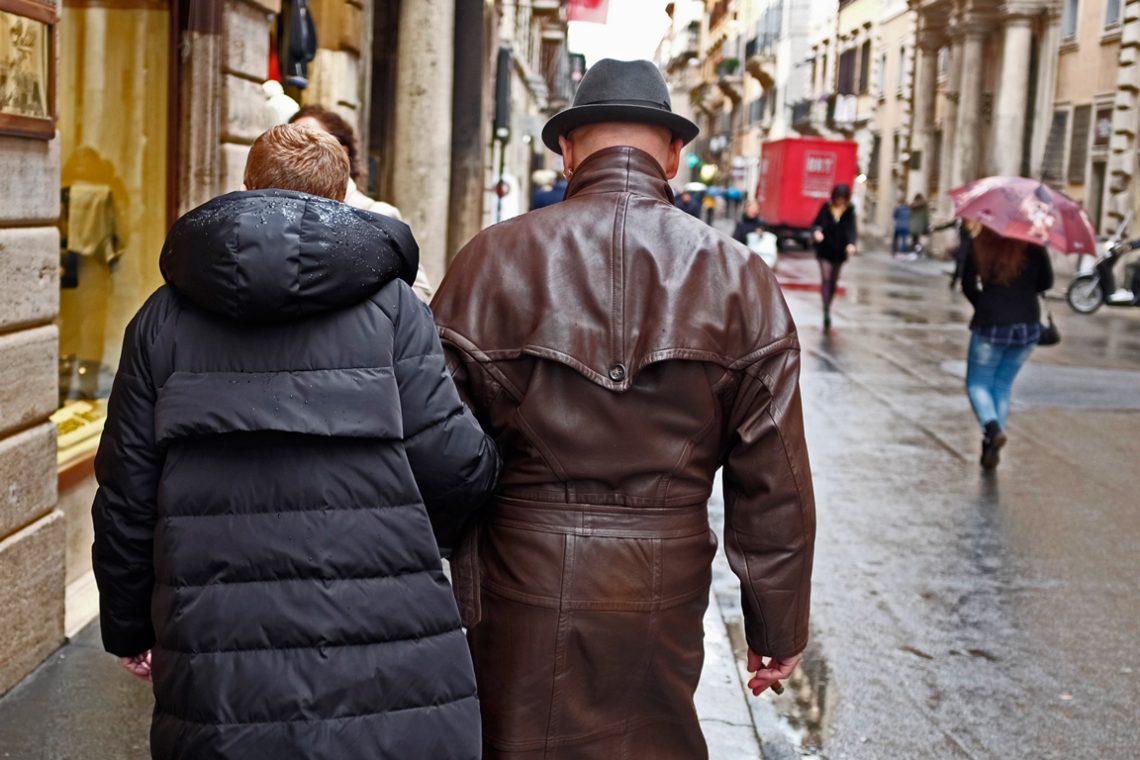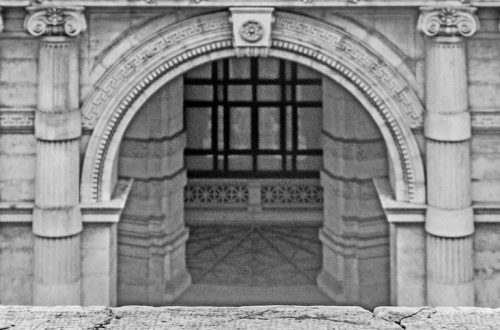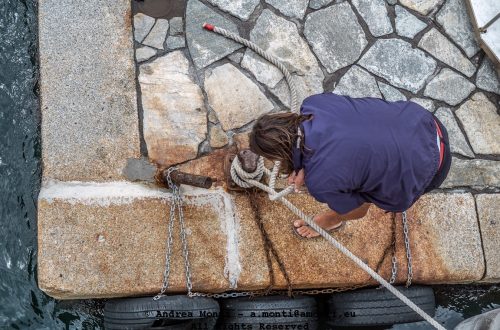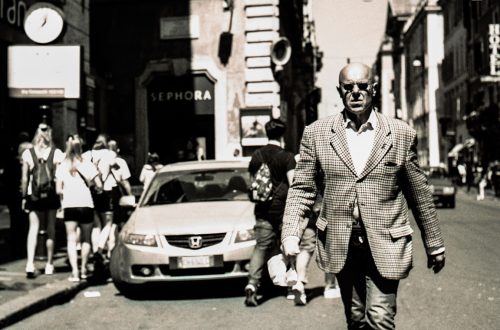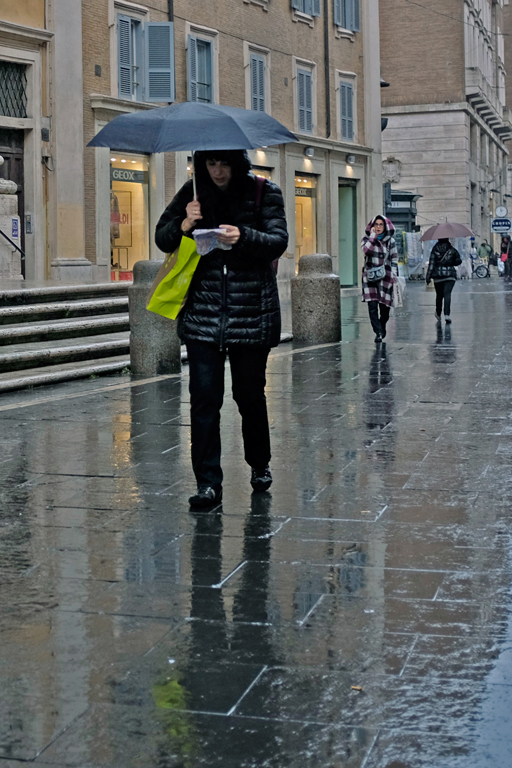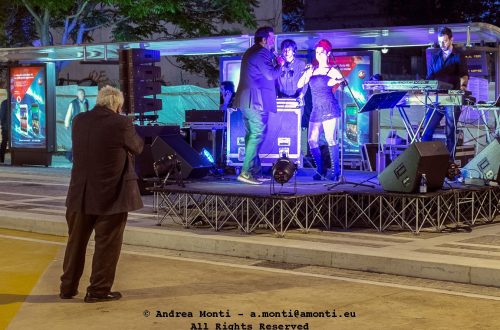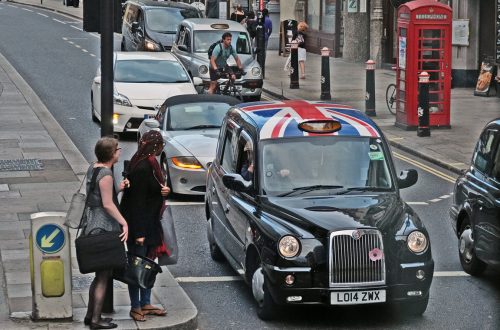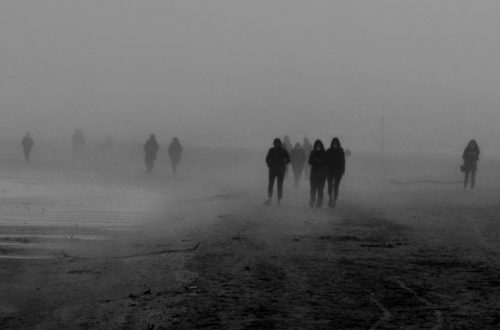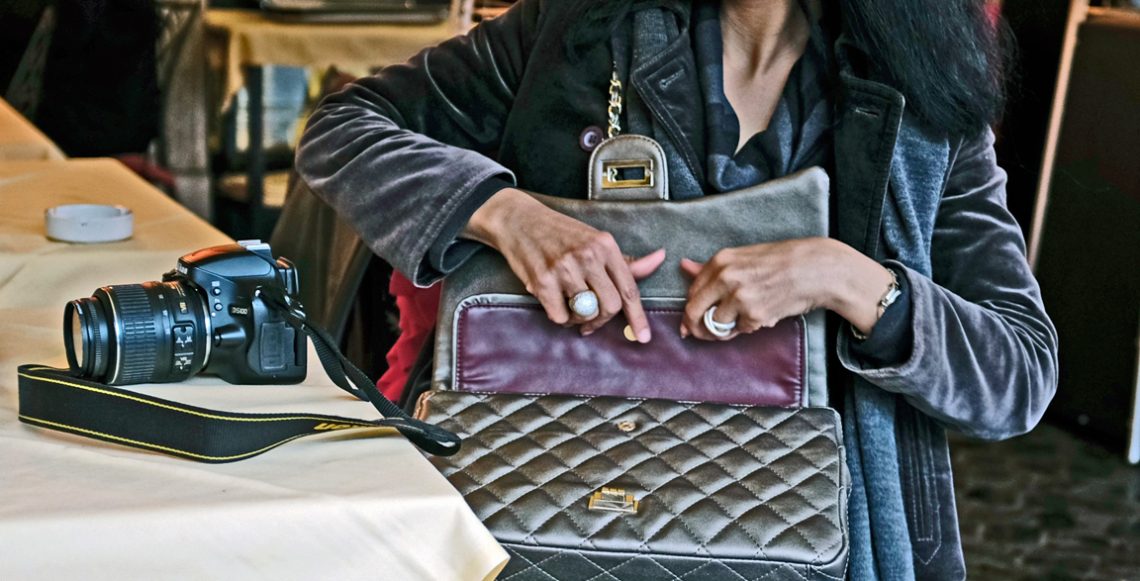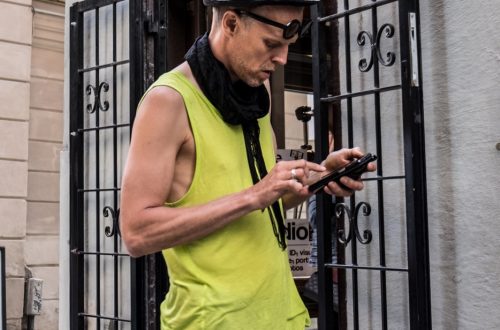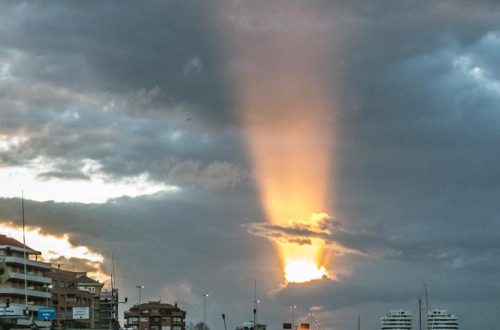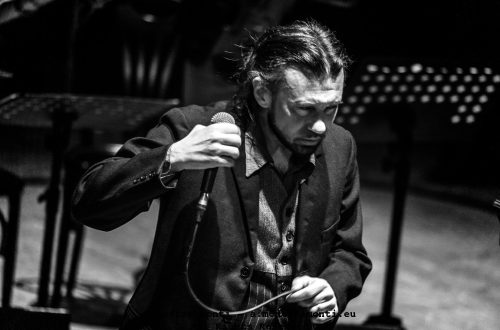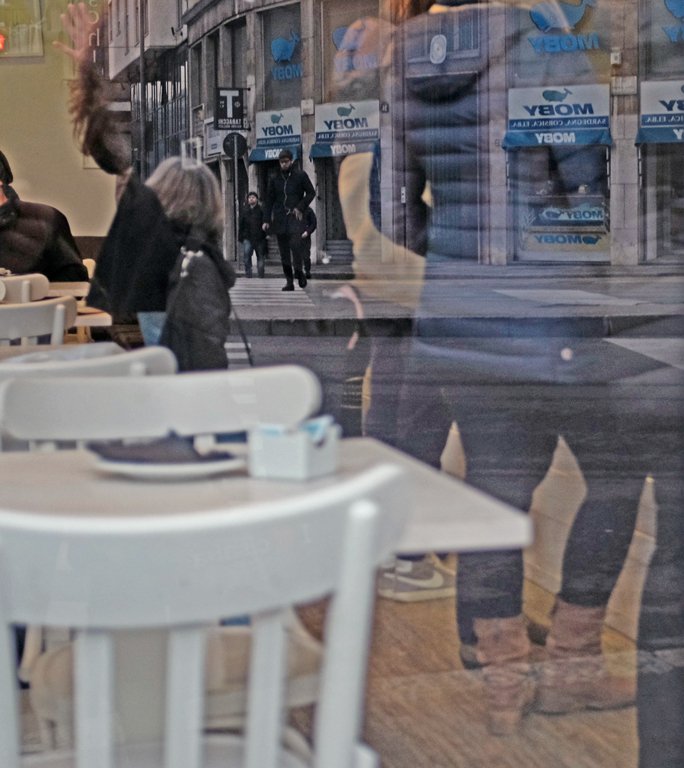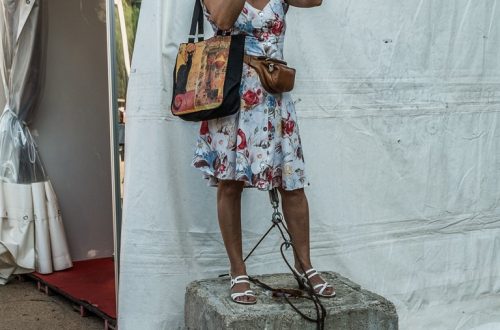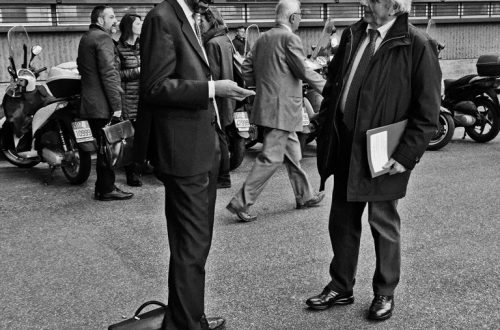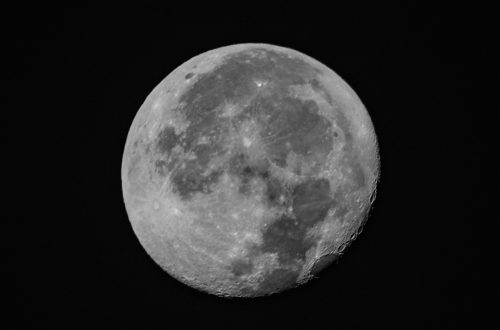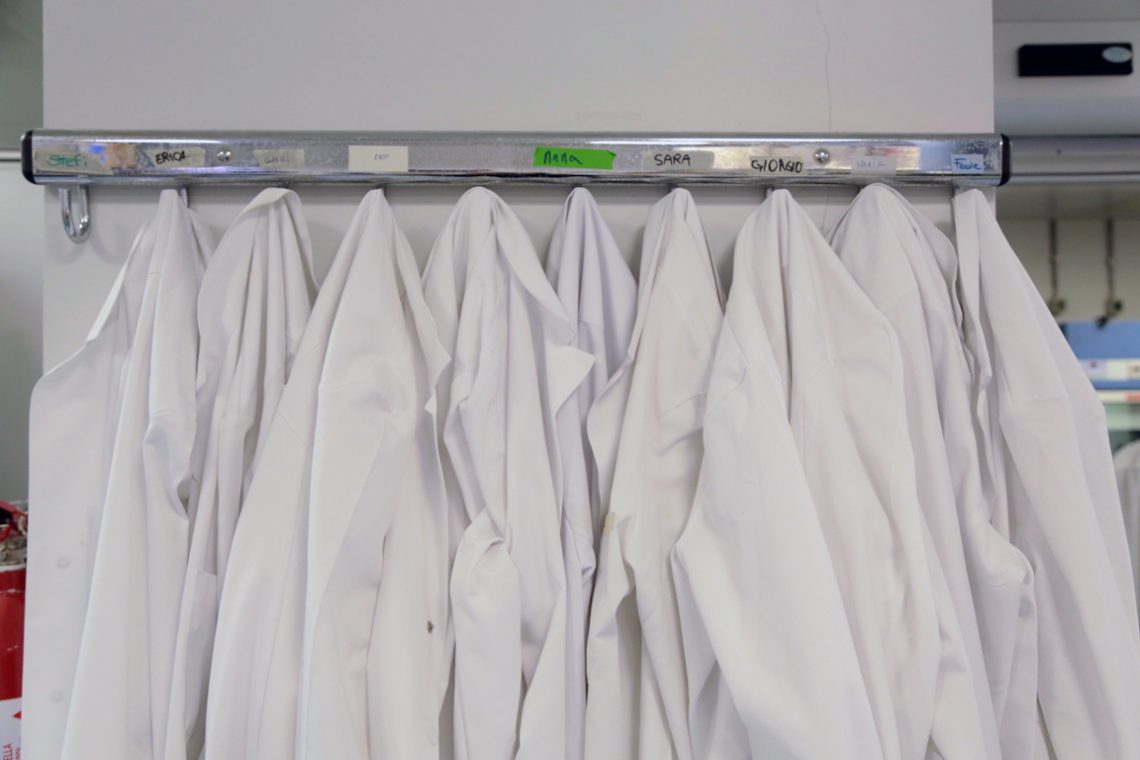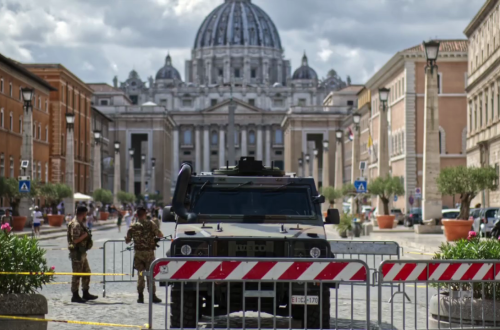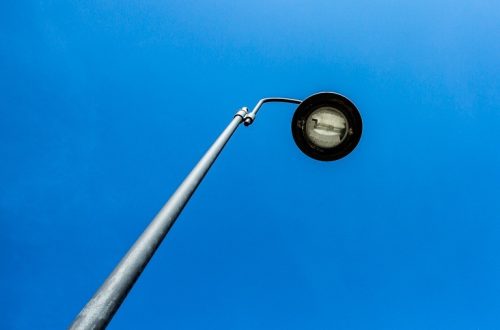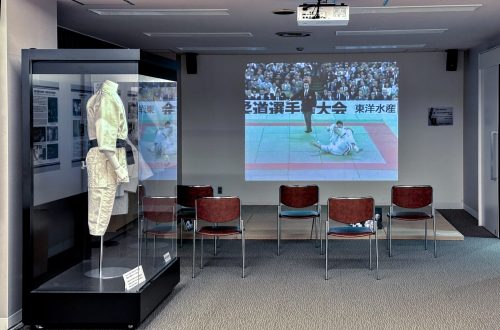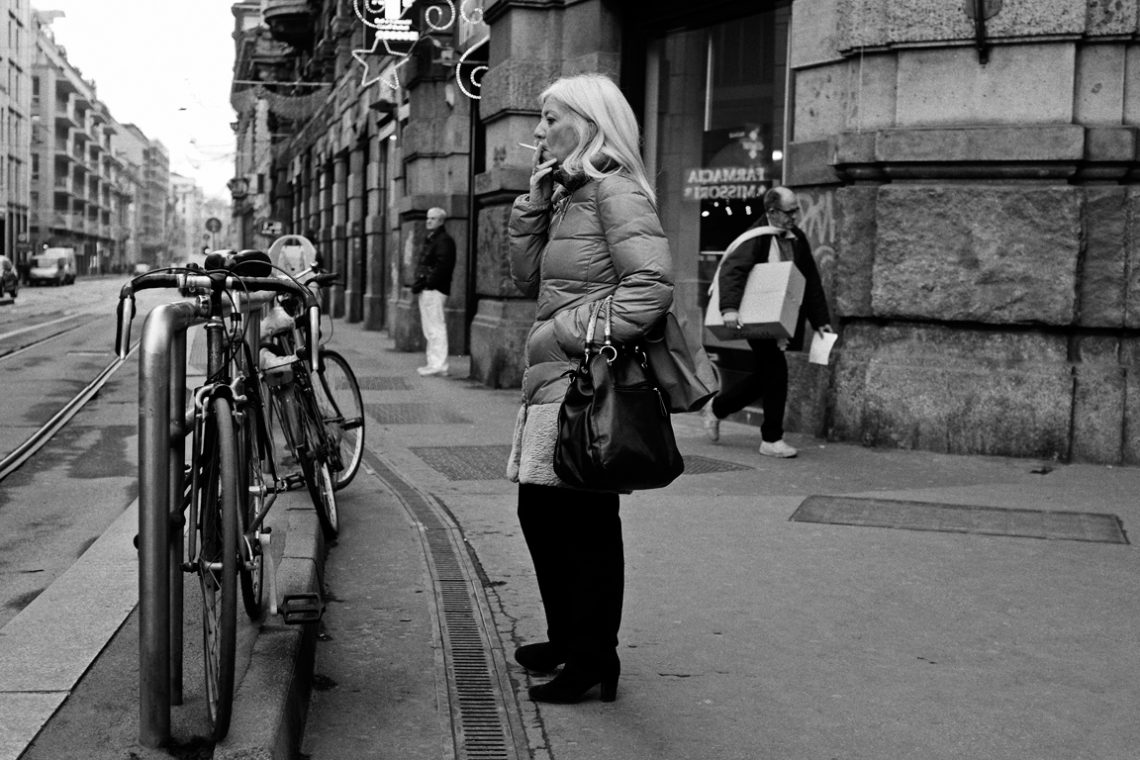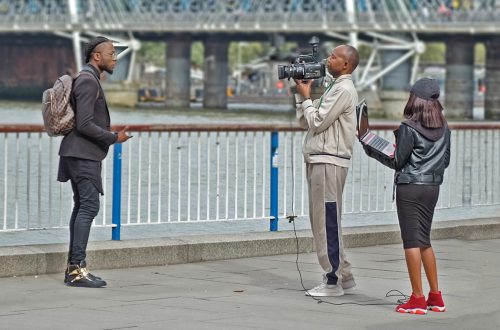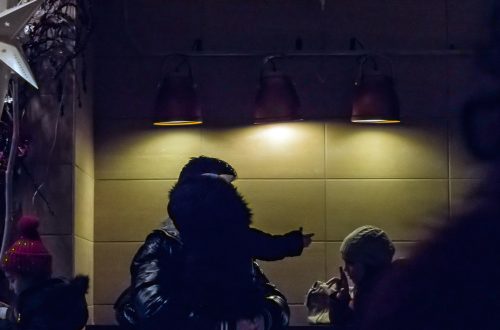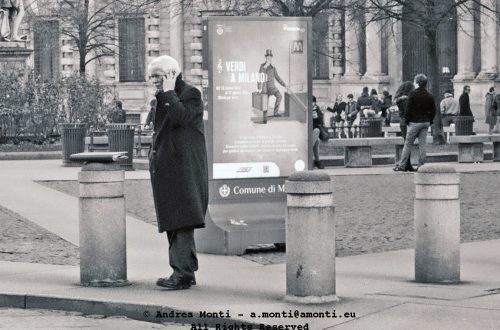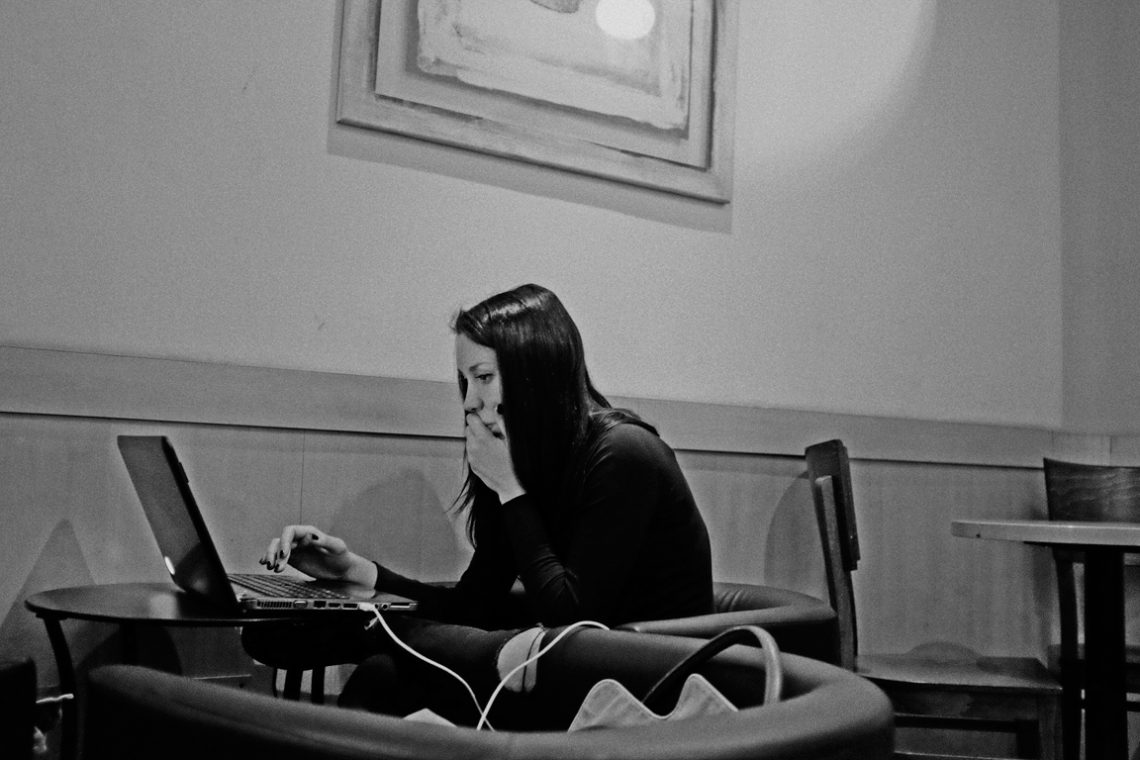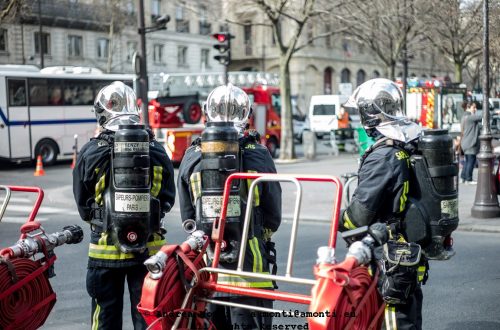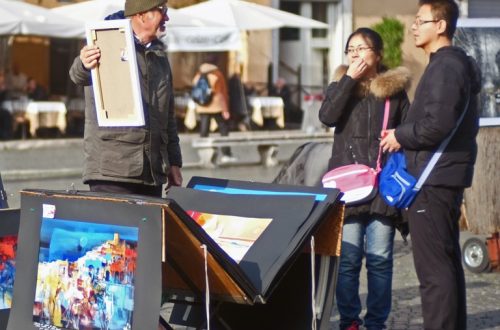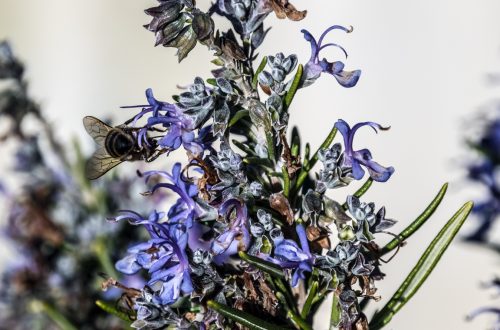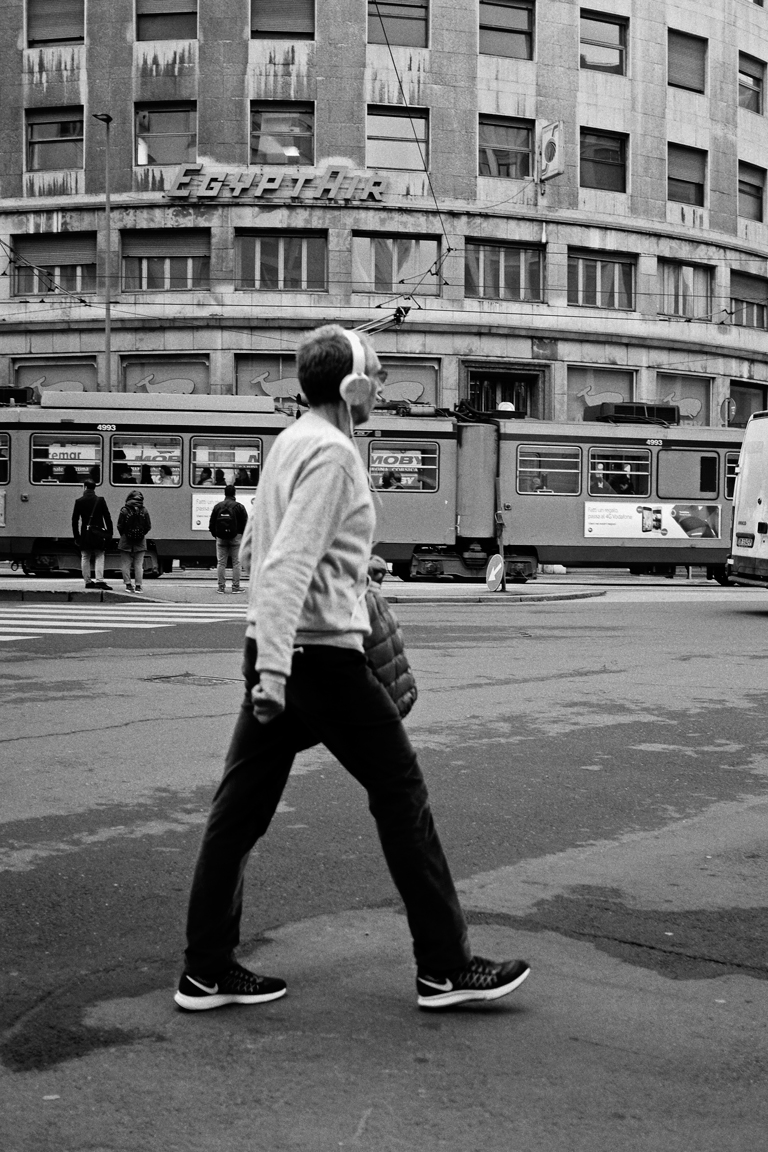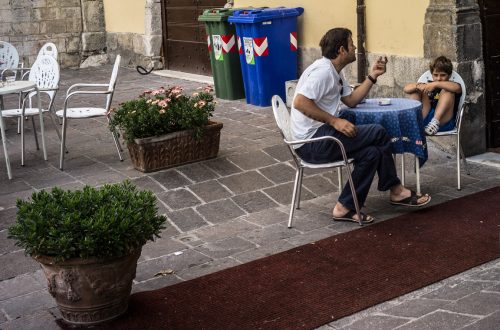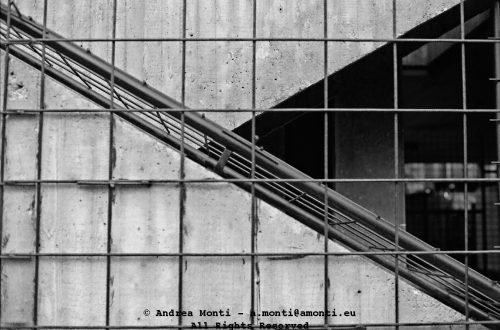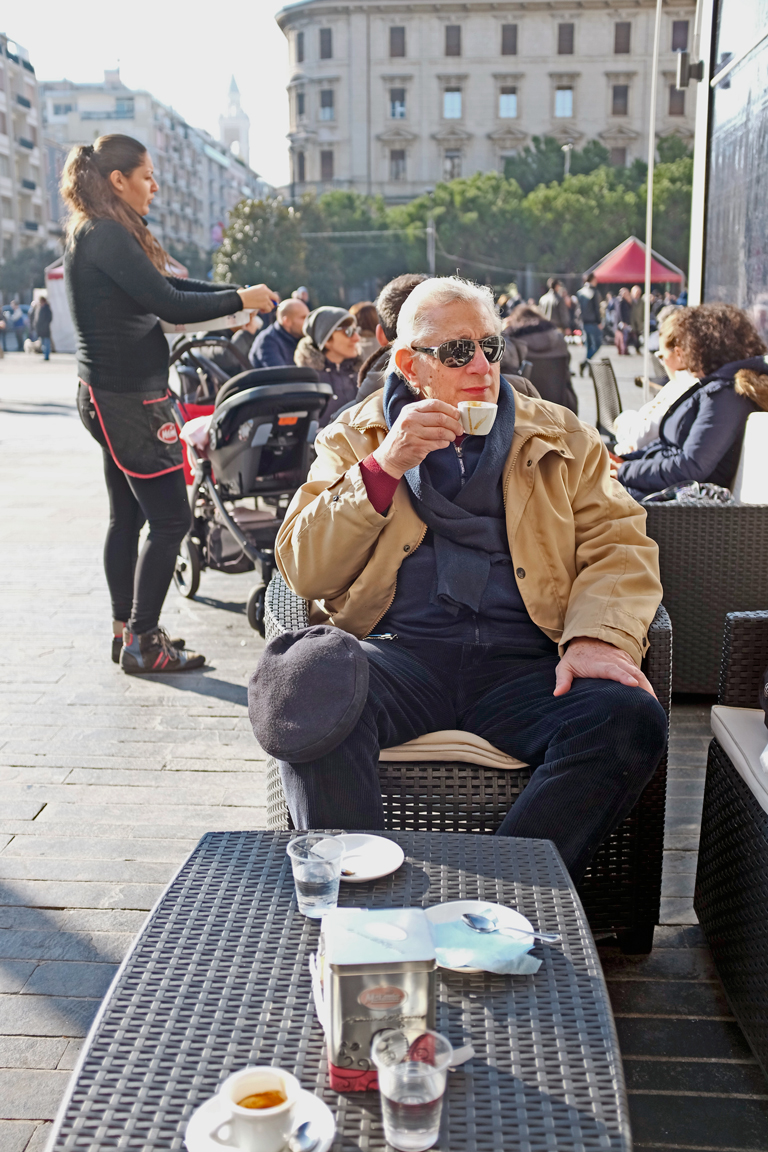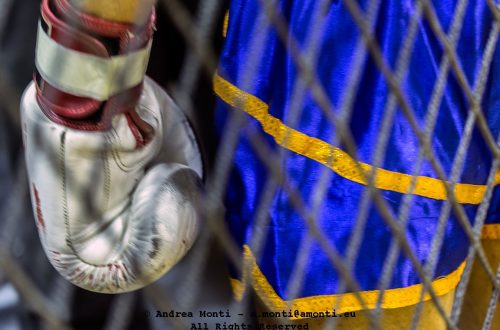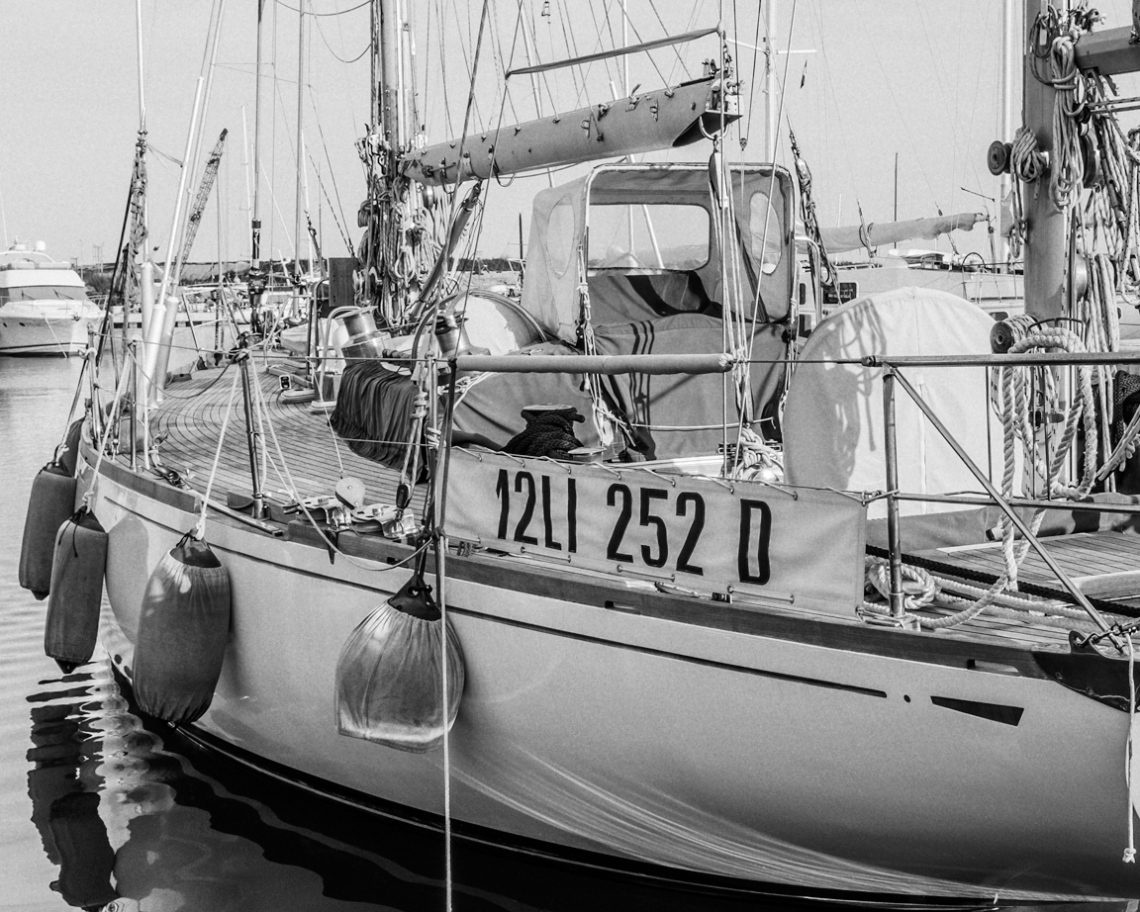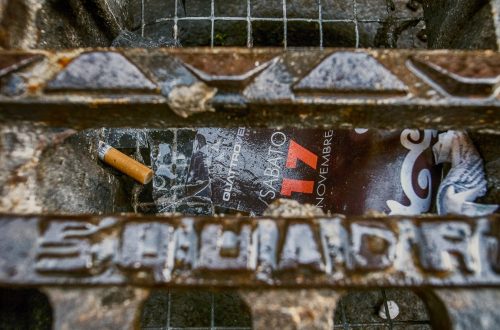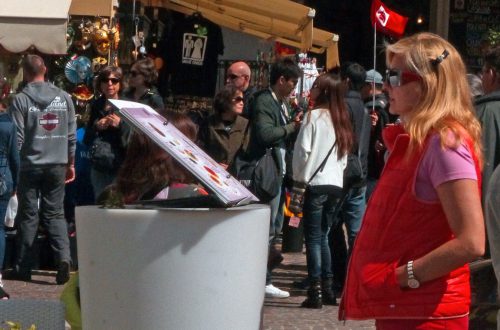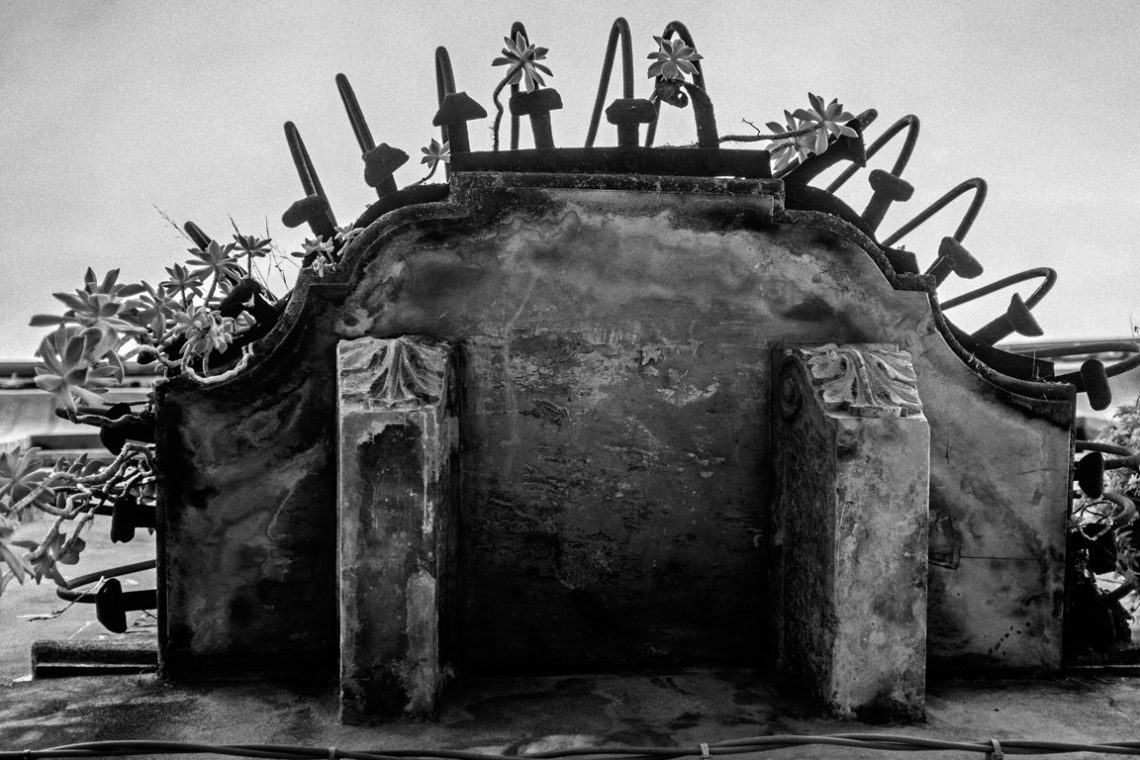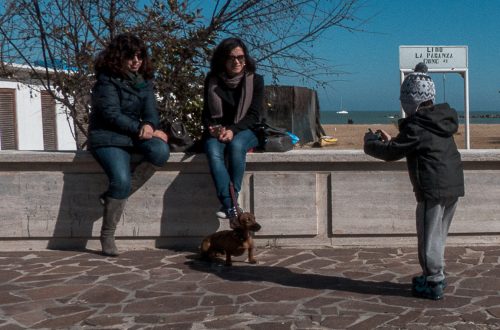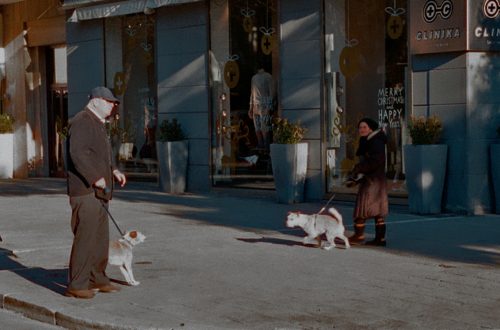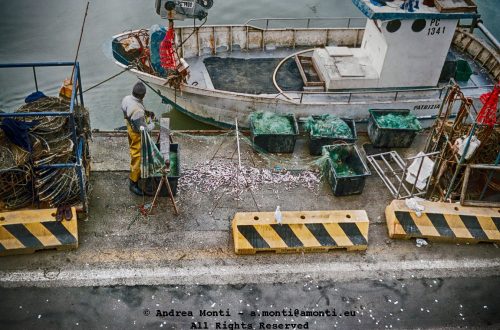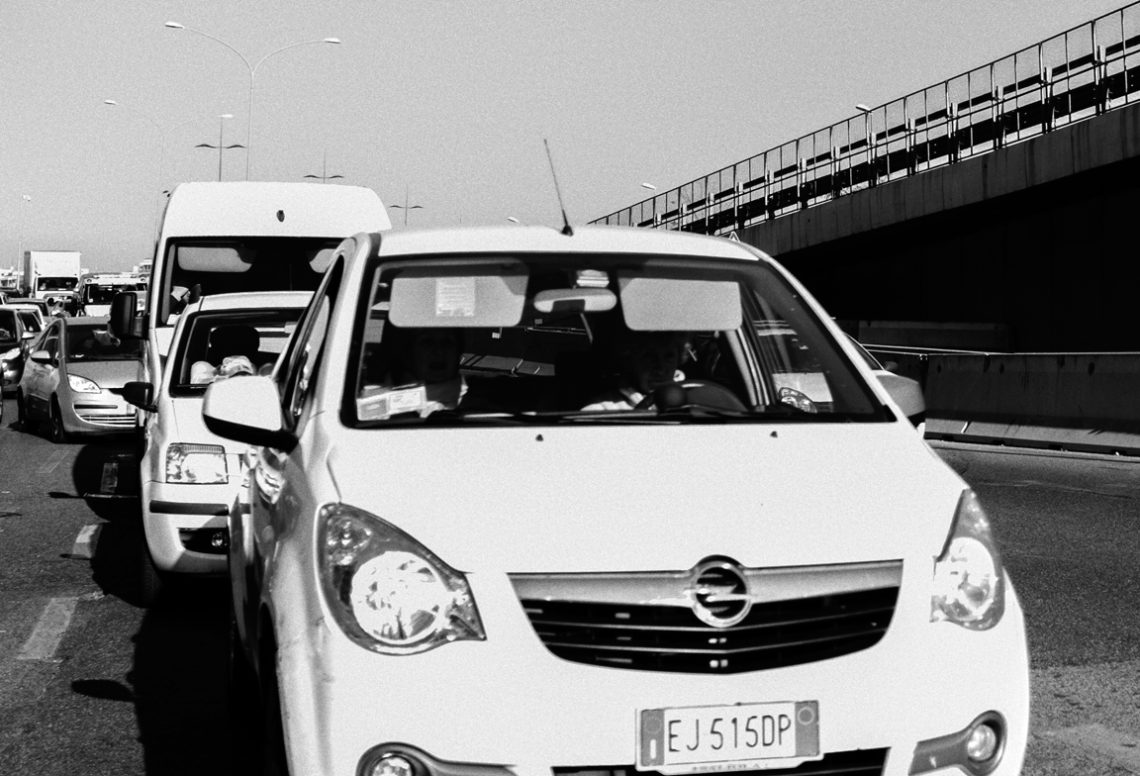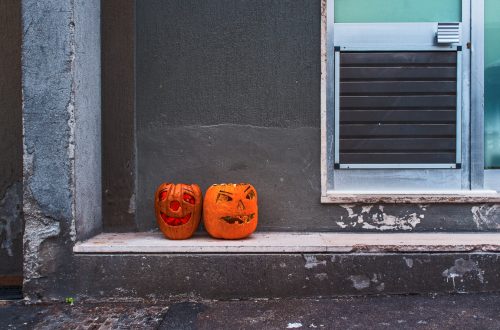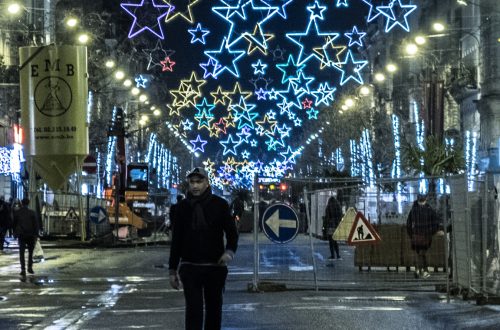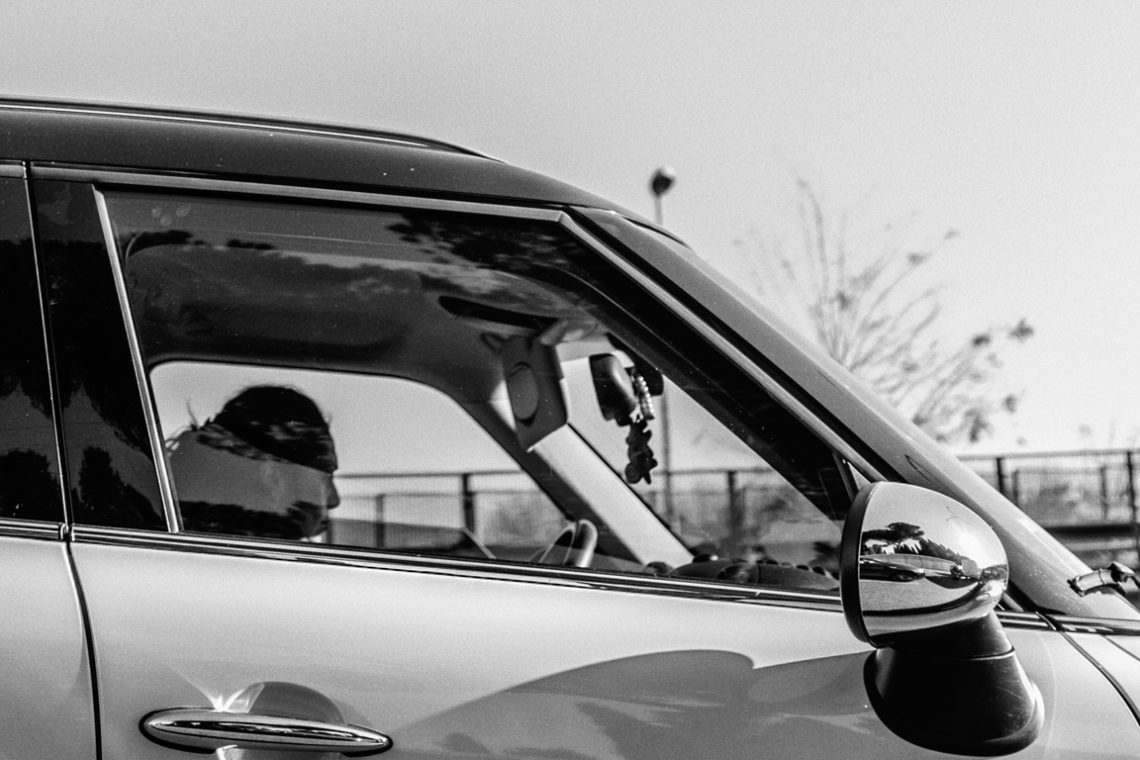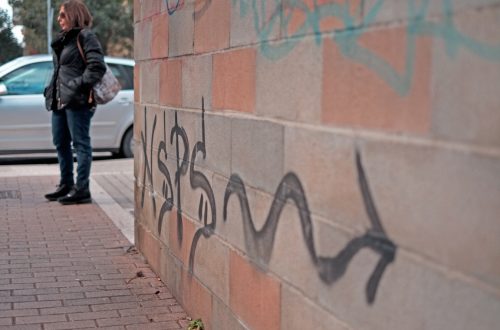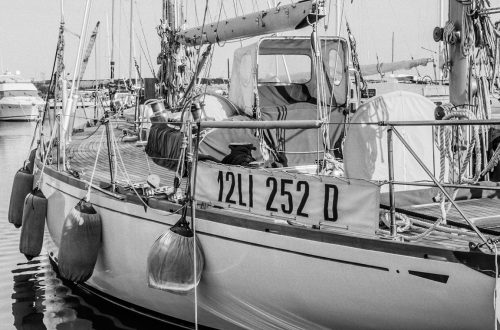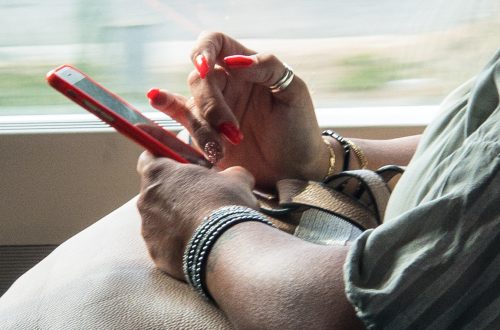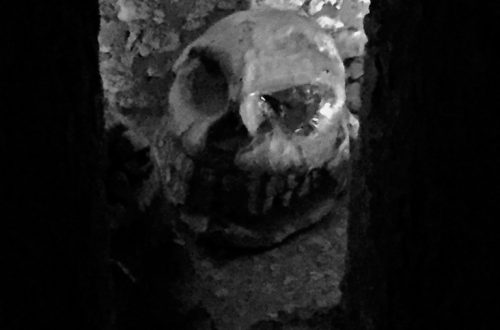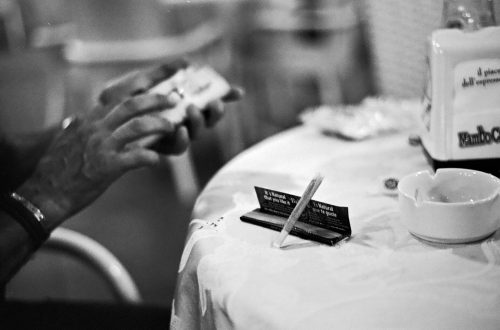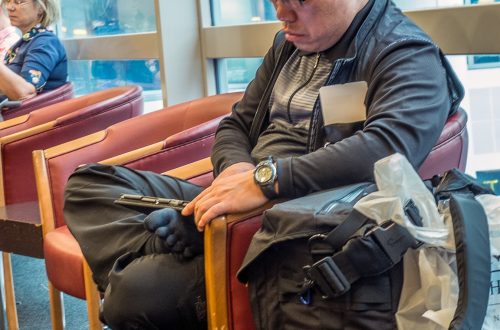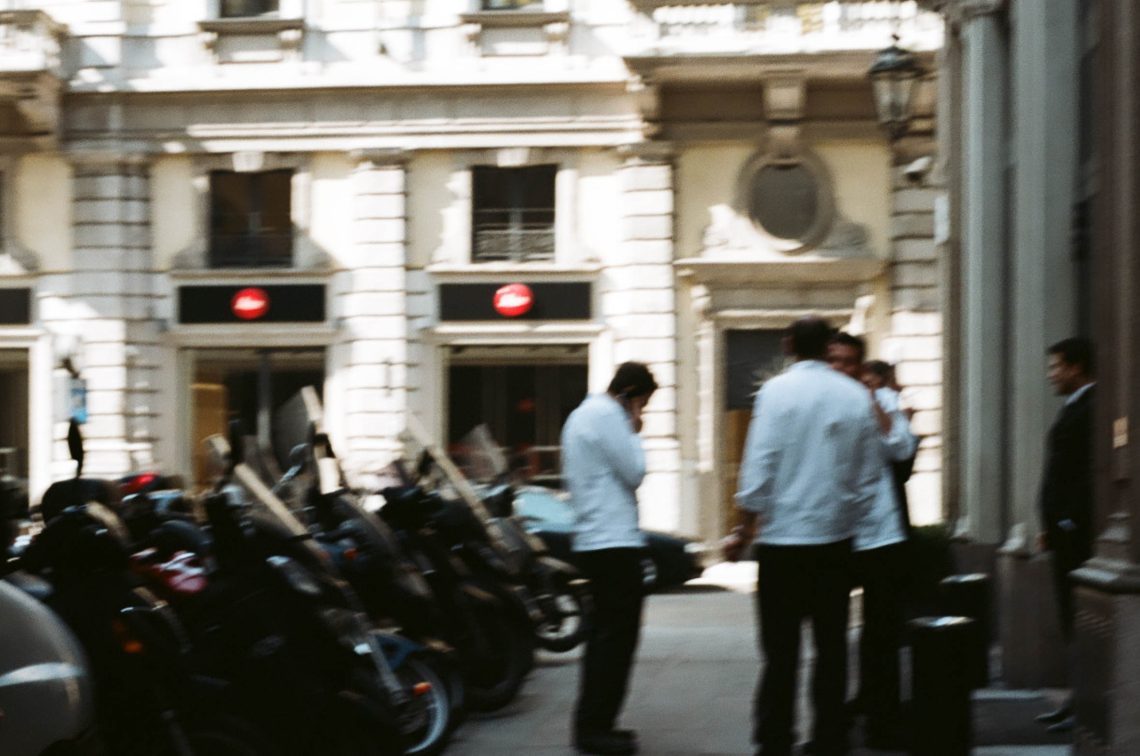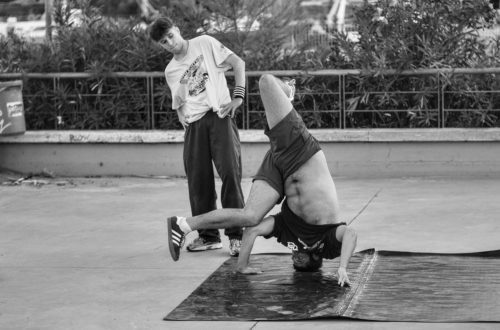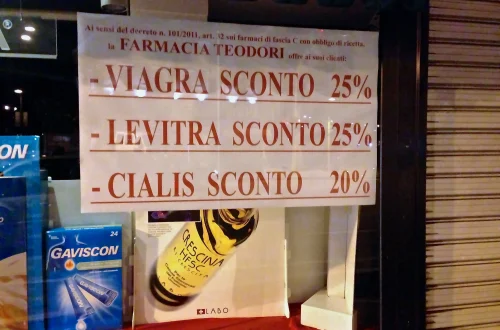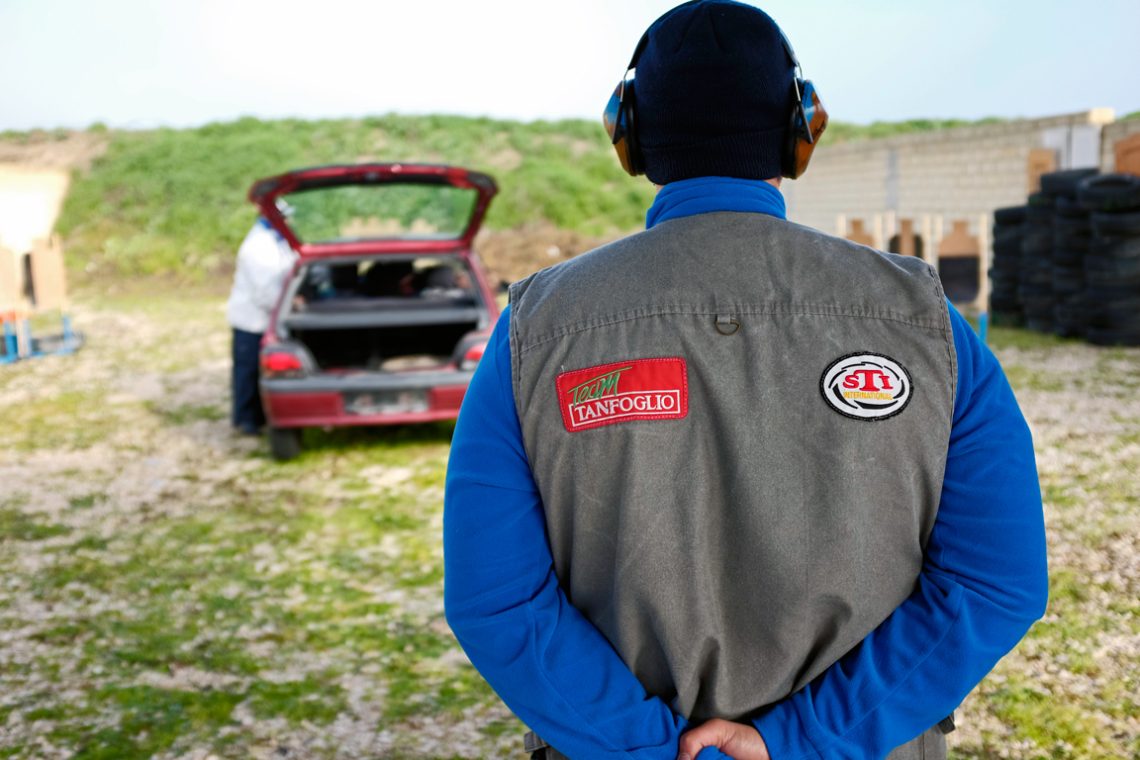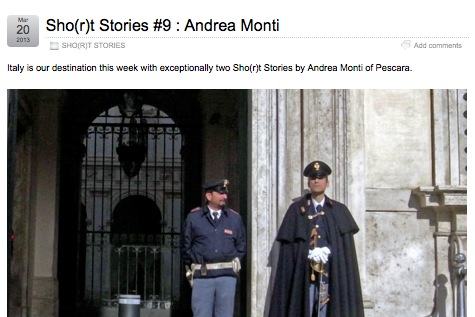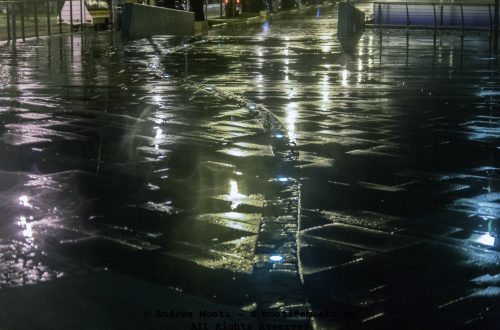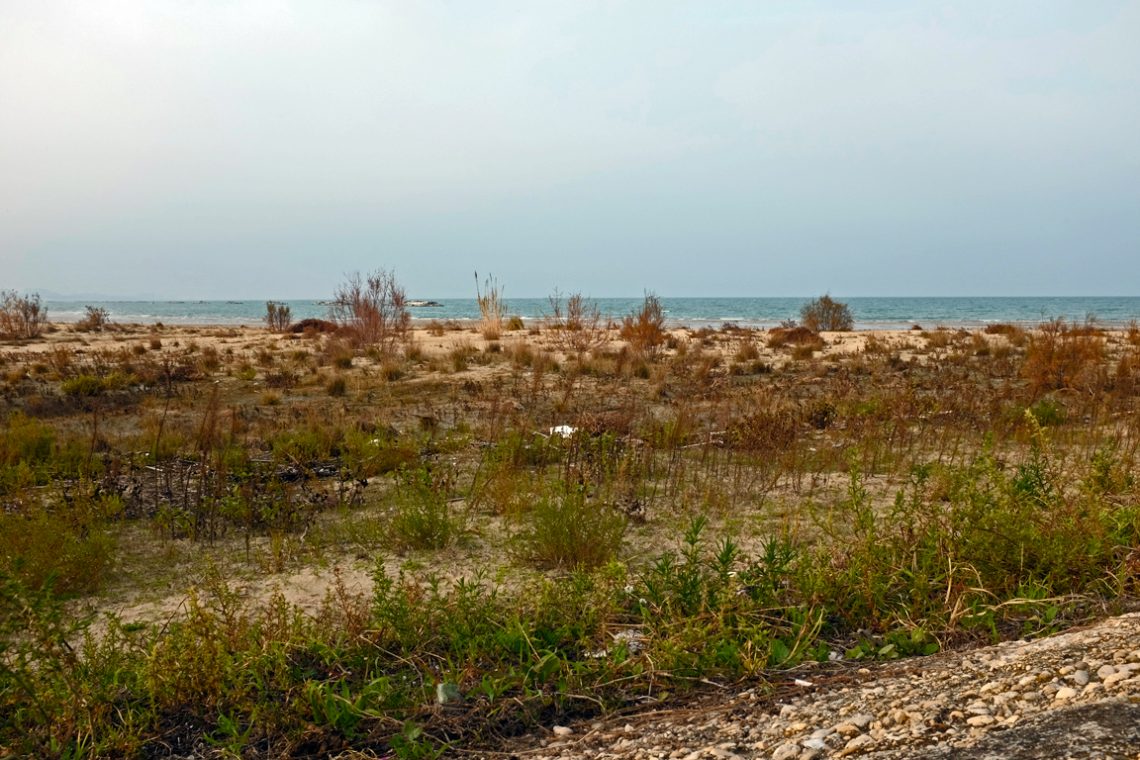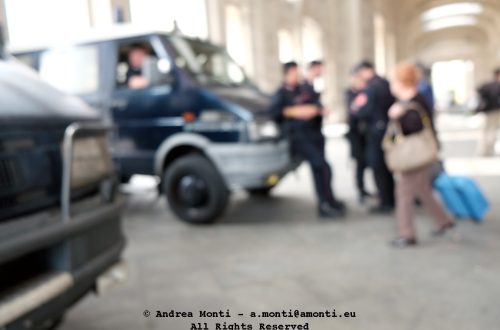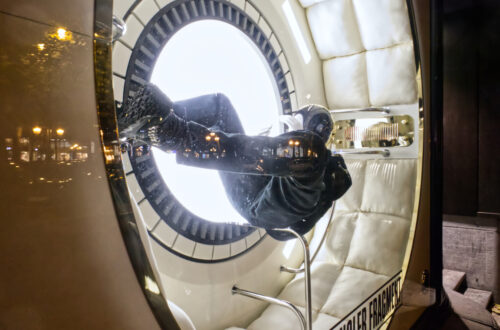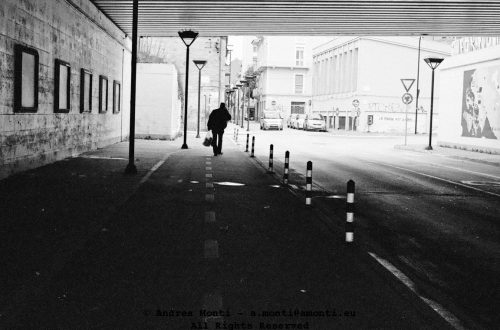Projects
Photography projects exploring concerts, sports, portraits and street life, blending technique and vision into compelling visual stories.
-
Action! (beware of Fuji X-Pro 2)
I’ve shot this picture with a Fujifilm X-E2 and a Zeiss C Sonnar T* 1,5/50 ZM. The split-image manual focus confirmation worked properly (though with a strong light it’s more difficult to handle it) and the resulting file in term of size and quality is fairly satisfying. Enter the X-Pro2 with a bigger resolution and new RAW format. While a 24 Megapixel APS-C sensor creates file that can be handled by most of the computer currently in place, the new RAW format will require the latest Photoshop CC/Lightroom update. So, if you chose not to enter into the mud of a subscription-based software licensing model, all of a sudden you…
-
Max Gazzè Tour 2016 Live @Pescara
For this reportage I’ve borrowed a Canon 5D Mk III coupled with a EF 100-400mm f/4.5-5.6 L IS USM and my Fuji X-E2 with the XF 18-55 f/2.8-4R LM OIS. Of course, I got no operational problems with the 5D (if you know how to overcome its limits) and the lens performed very good, but I must admit that I’ve been surprised by the quality of the X-E2 images, taken at ISO 3200. Does this means that is time to trash the Canon and go for a “Fuji-only” setup? I don’t think so, in particular if telephotos are a recurring presence in the jobs. True, now Fujifilm too has a…
-
After a Tough Day
I took this photo with a Fujifilm X-E2 and a Leica Elmarit 90/2,8. Manual focusing with the split-image option has been fairly easy.
-
Sales Force
There’s an odd tension in this photograph — one that pulls you in before you’ve even had time to work out why. On the surface, it’s a straightforward shop-window scene: mannequins in carefully styled outfits, lit with that clinical precision that retail chains excel at. Yet the longer you look, the more unsettling it becomes. The composition is tight, almost regimented, with the mannequins arranged in military formation. Their identical, expressionless faces create a chorus of stillness, reinforced by the repetition of hair colour, pose, and stance. The red “ALDI” sign in the foreground slices into the frame with an almost aggressive verticality, its bold typography competing for attention with…
-
Without Glasses @ via del Corso
I made this photograph in Rome on a wet afternoon, deliberately throwing the focus to the foreground while the main figures walked straight into softness. It’s not a mistake. It’s an exercise in perceptual ambiguity—what the world looks like when memory is sharper than vision, when emotion fills in the blanks that optics don’t. The Fujifilm X100s, with its fixed 23mm f/2 lens, let me shoot discreetly. I prefocused on the pavement, framed instinctively, and let the rest blur into suggestion. The couple—arms linked, shopping bags swinging, half-sheltered under an umbrella—aren’t anonymous; they’re imagined. Their presence is read through posture, not detail. Technically, it’s anti-precision. Depth of field was shallow,…
-
Should I Buy It? (Best Taken With an 85mm)
…but actually with a 23mm (35mm equivalent, cropped.) It’s not just a shopping street. It’s a stage. Look closer: this frame holds a silent performance — a subtle interplay of desire, decision, and doubt. Three women stand just outside the warmth of the boutique, their eyes fixed on mannequins who, ironically, seem far more confident than the living observers. The mannequin inside strikes a bold pose, clad in red and certainty. The women outside? Bundled in coats, their body language somewhere between ambivalence and negotiation. On the far left, another kind of window. A glowing child’s fantasy, plastered with Disney’s “Frozen” — a reminder of simpler times, when wanting something…
-
The Watchman (Street-Photography Shortcuts)
As every thing under the sun, Street-Photography too has its own shortcuts: freaky street-portraits are one of those. It’s easy to have your pictures noticed when your subject is a 60-years old Brit-Punk, an implausible-color dressed man or whatever alike: these subjects do the work on your behalf and it is very hard to obtain such kind of picture AND conveying actual meaning. Personally I like photos that – alone or made meaningful by a title – can tell a story. This way I can try to (pretend to) make “unique” shots, that stand with dignity in front of the zillions of 500px/Instagram/Flickr’s great images that are often perfect but…
-
True Leather (Saved by Photoshop’s Crop)
A 35mm focal length is definitely much too wide for my kind of street-photography, but I must admit that the advantages of using a Fujifilm X100s in terms of efficiency and portability, beat any other issue related to the wideness of the lens. And the X100s’ resolution is good enough to obtain a good composition through Photoshop’s crop feature.
-
Fujifilm X-Pro 2: Does It Worth It? (Lost In Via Del Corso)
As a Fujifilm camera early adopter (during time I got the X-pro 1, X100, X100s, X-E1 and X-E2) I was waiting for the X-Pro 2 to come and when that finally happened I didn’t feel so compelled to trash my (now) old cameras to do the switch. Long gone are the days of GAS (Gear Acquisition Syndrome), so I shall not buy this new piece of electronics because it doesn’t do anything that I can’t do with my actual set up (in particular, with the X100s and the X-E2.) The only actual point of interest, to me, are the dual-slot card and the weather sealed body: but I never needed…
-
A Nikon’s Portrait Made With a Fuji
A Nikon camera strap curls into the lower left of the frame, its familiar yellow letters unmistakable to anyone who’s ever held one. Yet the photograph itself was taken with a Fujifilm—a quiet, almost private joke between photographer and viewer. The rest of the image leans into misdirection. The camera is not the subject, at least not in the obvious way. Centre stage belongs to a pair of hands opening a quilted leather handbag, rings catching the light, fingertips poised in the act of searching or arranging. The fabrics, textures, and colours—matte grey, deep burgundy, soft velvet—compete gently for attention. The Nikon strap rests there almost incidentally, but of course…
-
Reflexes
-
Labcoats In A Moment Of Rest
The lab was quiet. Machines still hummed, but the people had stepped away—lunch maybe, or a seminar down the corridor. I found this row of coats, slack and ghostlike, lined up with the kind of accidental symmetry that only happens when no one’s trying. Each hook bore a name: Stef, Erica, Anna, Sara, Giorgio… markers of identity in a place that prizes protocol over personality. Shot on a Canon 5D Mark II with the 24–105, the image leaned into its neutrality. No attempt to stylise the whites or fake a sterile glow. The coats were wrinkled, some slightly yellowed at the seams. I kept the exposure honest—highlights restrained just below…
-
Last Puff Before the Ride
-
Busy
-
Earbuds
A man crosses the street in mid-stride, headphones enclosing him in his own private world. Behind him, a line of people stands at the tram stop, their stillness a counterpoint to his movement. The tram, painted in tired colours, seems almost fixed in place, its presence dwarfed by the weathered façade of the building above. The sign EgyptAir—faded, peeling—hangs over the scene like an echo from another time, hinting at journeys and destinations that have little to do with this grey urban moment. The building’s windows are uneven in tone, some dark, some reflecting a pale sky, all framed by streaks of wear from decades of weather. What draws the eye…
-
One Coffee
The man was seated comfortably in the outdoor café, not in a hurry, holding a small cup of espresso with the ease of someone for whom this ritual is long-established. His posture—leg crossed, coat unbuttoned just enough, scarf tucked in with care—suggested familiarity rather than performance. What interested me most was the way he occupied the space. He wasn’t watching the street or waiting for company; he was simply present. The café terrace around him was active—people talking, a stroller being adjusted, the waitress passing through in mid-step—but his stillness formed the quiet centre of the frame. It’s not stillness as in isolation, but stillness within movement.
-
A Vessel
I’ve always found that photographing boats is an exercise in balance—between structure and fluidity, between the hard geometry of rigging and the soft, shifting water beneath. This image leans into that duality beautifully. The yacht sits clean and confident in the frame, its hull catching the light in a way that reveals every subtle curve, while the fenders hang like punctuation marks, breaking up the strong horizontal line of the deck. Shot in black and white, the absence of colour shifts the viewer’s attention to texture and tonal separation. The polished deck, taut ropes, and the soft reflections in the harbour water each have their own surface quality. The exposure…
-
Romeo’s Hideout
-
Traffic Jam in Rome
Traffic Jam in Rome turns a mundane urban frustration into a tightly composed study of rhythm, glare, and human impatience. Shot in black and white, the image removes the distraction of colour, allowing form, texture, and contrast to carry the story. CompositionThe frame is dominated by the lead vehicle, a small Opel, positioned slightly off-centre but close enough to the lens to dwarf the rest of the scene. Its mass blocks the viewer’s way forward, much as the driver is blocked in reality. The eye then steps back through a staggered row of vehicles, each one receding into the compressed depth of traffic, until it meets the horizon cluttered with more…
-
The Coffin
-
The Last Barrell
There’s a certain poetry in objects long past their prime, and this image captures that sentiment with quiet precision. An old Q8 Oils barrel, mottled with rust and flaking paint, leans against a crumbling brick wall, its chain slack and purposeless. It feels abandoned yet still carries the weight of its former function — an industrial relic in a state of slow surrender to the elements. From a compositional standpoint, the photograph benefits from its simplicity. The barrel occupies a dominant position in the frame, slightly off-centre, drawing the viewer’s eye immediately to the texture of its surface. The chain provides a subtle vertical counterpoint to the horizontal curvature of…
-
A (Out-of-Focus) Break Between Lunch and Supper
-
On the Range
Some photographs work because of what they don’t show. This one places us directly behind the central figure, hands clasped loosely at the back, body framed squarely in the centre of the image. The ear protection, branded shooting vest, and steady stance make it clear we’re at a firing range, but the subject’s face — and therefore any emotional cue — is withheld. We are instead invited to take in the scene from their perspective, sharing their field of vision, yet also remaining an observer of them. Compositionally, the image uses depth effectively. The open car boot in the middle ground, with its blurred figure in white, provides a counterpoint…
-
Unkempt
